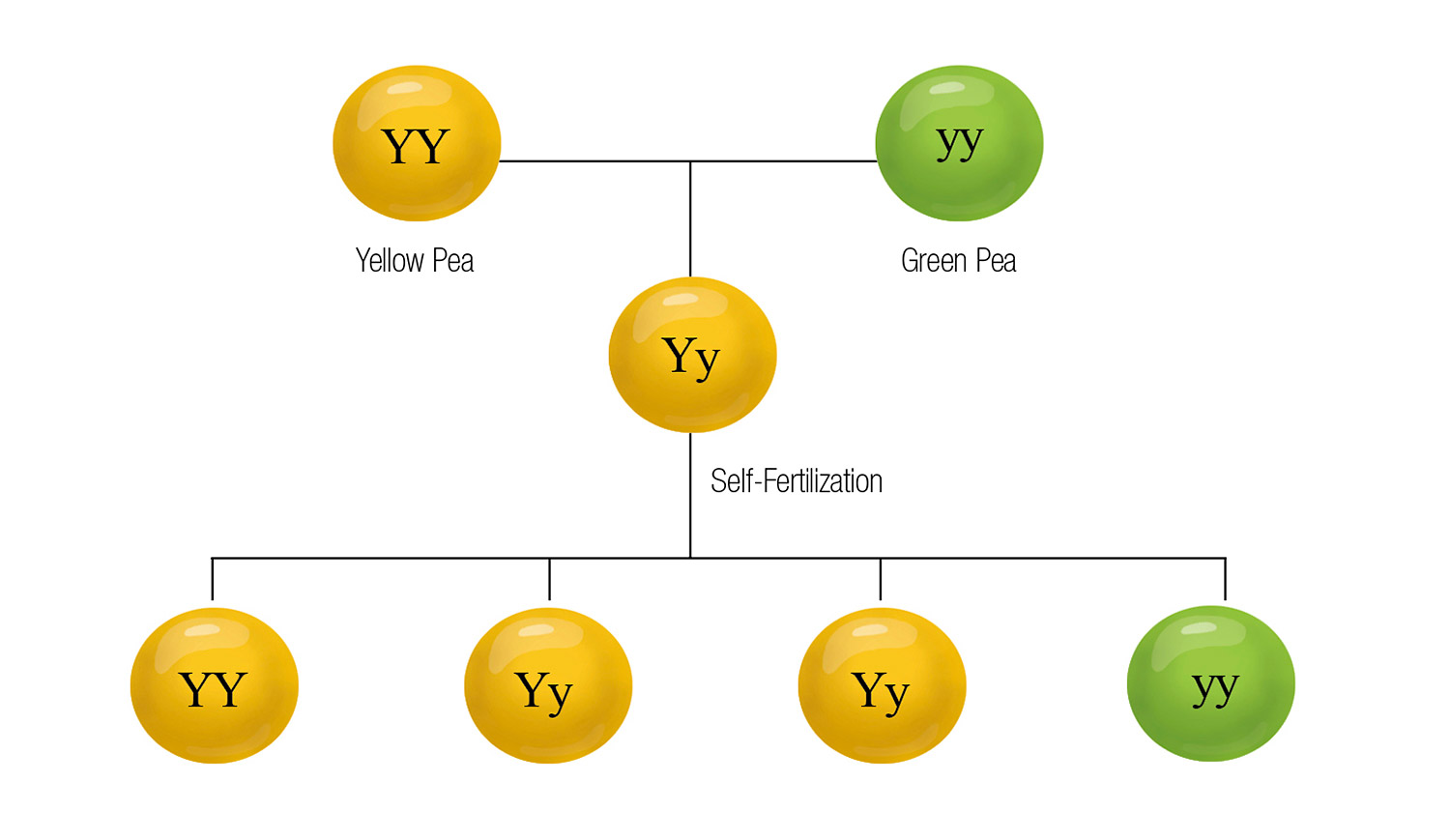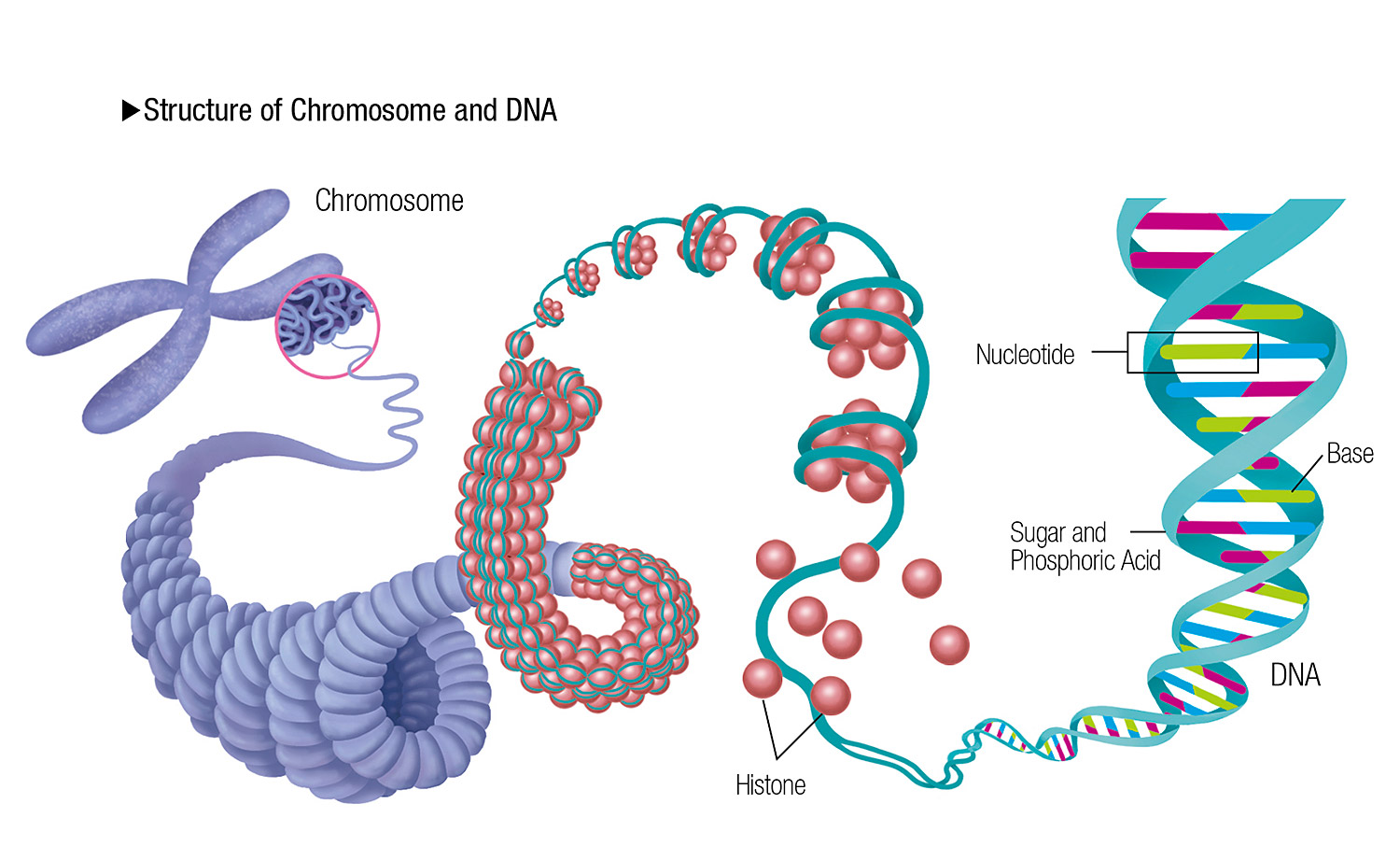In 1920, a woman claimed she was Anastasia the last Grand Duchess of Russia. It was two years after the Russian imperial family was mercilessly assassinated during Bolshevik Revolution. Anastasia was the fourth child of Nicholas II, the last Emperor of Russia, who was the most loved among the four princesses. Her appearance drew public attention along with sympathy for the tragedy of the Russian imperial family.
The woman’s name was Anna Anderson. She got in the center of controversies; she knew the details of the imperial family and was familiar with royal family etiquette, and people around her gave testimonies about her. In 1970, after 37 years of a battle to find the truth, the German Supreme Court ruled that it could not prove it to be true or false.
Anderson didn’t stop claiming to be Anastasia until the moment she died. In 1991, however, the mysterious event faced a new stage as the remains of the imperial family that had been buried in secret were discovered. A comparison of the DNA extracted from their remains and the DNA of Anderson proved to be irrelevant. It was all thanks to DNA that the truth was revealed.
Mendelian inheritance
A baby’s face resembles both his mom and dad. It’s because babies inherited half of the genes from their moms and the other half from their dads. In the past, too, people knew that children inherit various traits from their parents, based on their experiences, although they didn’t understand its principles; even ancient people selected strong ones when raising livestock or growing crops in order to get good breeds and species. When it came to the genetic phenomenon, they vaguely thought that the body fluids of the parents are mixed and pass down to the children just as black and white inks make grey ink when mixed together; they didn’t understand its exact principle.

In the 19th century, Gregor Mendel of Austria gave an inference that the factors that parents give to their children exist in the form of unique material, through his experiments with pea plants. His research was the first to demonstrate and validate genetic laws in a statistical approach.
The peas used by Mendel in the crossbreeding experiment were pure peas produced from repeated self-fertilization which is to attach pollen on one’s own stigma. Mendel studied seven traits such as the pea color and shape among distinct features shown in these peas.
He first crossed pure yellow peas with pure green peas. According to the previous theory, he should have got lime green peas since green and yellow make lime green. However, the result was only yellow peas. In other words, only the yellow trait was manifested although the pea received both the yellow factor and the green factor from the two peas. The traits inherited by the parents are not mixed like liquid, but are passed on to their offspring in the form of unique substances that can be combined and separated.
In this case, the traits like the yellow color on the crossed pea is referred to as dominant and the trait like the green color which is not manifested is referred to as recessive. The factors that determine certain genetic traits are inherited from both parents—one from each parent—and form a pair, and are distinguished as dominant and recessive. Here, we can see that the dominant trait is shown preferentially, compared with the recessive trait.
Then what happened to the recessive trait which was not manifested? To get an answer for this, Mendel self-pollinated the hybrid peas that he got from the first cross-fertilization. Then the yellow and green peas produced a 3:1 ratio. It seemed the recessive trait had disappeared, but it appeared in the pea that received only the green trait, the recessive trait, from both of the parents.
DNA, the main body of the gene
Although Mendel’s research was certainly epoch-making, it did not attract attention from academia at the time. However, it saw the light 35 years later as some other scientists who were interested in similar matters rediscovered the same rules. After that, scientists concentrated on searching the materials that Mendel said were responsible for heredity in the cells.
In the early 20th century, American biologist Walter Sutton discovered a surprising fact while observing chromosomes in the nucleus with a microscope. Chromosomes always exist in pair, but they exist as single in reproductive cells (egg or sperm). They were paired with chromosomes of each other’s reproductive cell during fertilization. This was consistent with the characteristics of the genetic material Mendel had predicted. Through this, Sutton devised an idea that the genetic material is present in chromosomes. Subsequently, Thomas Morgan proved that genes are located on chromosomes through his experiments with fruit flies.
As for humans, a cell nucleus contains 23 pairs of chromosomes. When a chromosome which looks like a thick thread unwinds, you can see DNA (deoxyribonucleic acid) that wraps proteins called histones. This two-meter-long DNA is the main body of the gene.

Like the computer which stores information in an array of two digits, 0 and 1, DNA also encodes and stores protein synthesis information in various sequences of four bases. For example, information about a protein that makes up hemoglobin is stored in DNA with 438 base pairs. Among these DNAs, the part that has information that can produce a certain trait by synthesizing a protein is called a gene. It is known that a human has about 30,000 genes. Today, we have reached the stage of completing the human genome project that deciphers about 3 billion human DNA sequences, and various researches have been actively carried out by using it to identify the origin of genetic disorders.
DNA reveals everything
One of the things that are always mentioned in soap operas about the secret of birth is the DNA test. Even in a more dramatic reality than a soap opera, we can often see DNA testing for the issue of enormous inheritance. It is because DNA that children inherit from their parents proves kinship more accurately than anything else. Between a father and a child, and a mother and a child, half of the DNA is the same, and an average of 50 percent of DNA is shared between siblings. That is why kinship could be confirmed through DNA testing in the case of the fake Anastasia mentioned in the beginning.
Most current DNA tests use a short tandem repeat [STR] analysis. It is a method to select and examine DNA parts that have different structures, depending on the individual, instead of reading the entire DNA. In DNA, there are repeated parts of several nucleotide sequences. Repeated numbers are different in each person, so it is possible to identify individuals just like fingerprints or to prove individuals or individual’s kinship by analyzing several repeated sections.
Unlike the STR analysis which analyzes nuclear DNA, mitochondrial DNA analysis analyzes DNA present in mitochondria, the cell organelles. Since the mitochondrial DNA is inherited only from the mother, it can confirm the maternal line.
Some children resemble their parents’ facial features, gait, and even sleeping habits that they can tell whose children they are at first glance. That’s when they say, “The apple doesn’t fall far from the tree.” A child resembles his parents.
It probably explains why the relationship between the parents and their children has been called relationship made by heaven. Since the parents’ genes are contained in every cell of their child, no one can deny his parents. The parents and their children are tied in a relationship that cannot be broken. What does such providence tell us?
